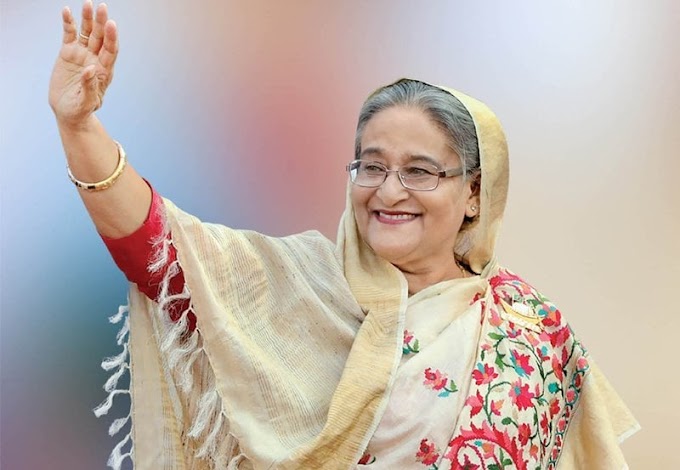During the Mughal period, Roy's market on the banks of Turag river was famous for its pottery. The settlement started here since the colonial period. Due to the easy availability of red clay and the low cost of river transport, most of the Kumaras of the region lived in Raya's bazaars. According to many historians, Ray's market was called 'Kumartali' during the Mughal period.
The terrible memory of the war of liberation is connected with the bazaar of this judgment. On the night of December 14, 1971, with the intention of depressing Bangladesh, the Pakistani invading forces took away journalists, teachers, artists, doctors, writers, engineers and other intellectuals from their homes. Dr. was among them. Gobind Chandra Dev, Munir Chowdhury, Mofazzal Haider Chowdhury, Shahidullah Kaiser, Dr. Fazle Rabbi and many others. Then Surya of Bengal brutally killed the children and left their bodies in the brick kiln of Rai Bazaar. After the independence of Bangladesh, rotting bodies of martyred intellectuals were found in the brickyard of Rayerbazar.
In 1993, the Government of Bangladesh decided to build a memorial at Ray's Bazar slaughterhouse in memory of the martyred intellectuals. Later, the construction of the memorial began in 1996 and was completed in 1999, designed by architect Fariduddin Ahmed and architect Jami-al-Shafi. The area of Rayer Bazar Bodhyo Bhumi is 3.51 acres. The main part of the memorial consists of a broken and curved brick wall 17.68 m high, 0.91 m wide and 115.82 m long. Which refers to the brickyard where the dead bodies of the intellectuals were received on 14 December. And the two ends of the broken wall indicate the depth of sorrow and grief of killing intellectuals. There is a square window in the south-west wall. The sky behind can be seen through the window. And this window brings a message of hope, reducing the depth of mourning on the wall.
Ray's Bazar slaughter area has an area of 3.51 acres. The core of the memorial consists of a broken and curved brick wall 17.68 m high, 0.91 m wide and 115.82 m long. Which refers to the brickyard where the dead bodies of the intellectuals were dumped on 14 December. And the two ends of the broken wall indicate the depth of pain and suffering of killing intellectuals. There is a square window in the south-west wall. The sky behind can be seen through the window. And this window brings a message of hope, reducing the depth of mourning on the wall. In front of the curved wall is a stagnant reservoir, where a pillar of black granite rises from the water. Which symbolizes significant mourning. There are future plans to build a small museum, a library with office space and a graveyard at Ray's Bazaar Slaughterhouse Memorial.
Inspection scheduleRoy's Bazar Badhyabhoomi Memorial is open to all visitors daily from 9 am to 5 pm. However, entry is prohibited at night. And no entry ticket is required to enter the Shaheed Intellectuals Memorial.
How to reach Roy's Bazaar Massacre Memorial
Rai's Bazaar Massacre Memorial From any part of the country come directly to Mohammadpur or Farmgate intersection. Ray's Bazaar Massacre Memorial can be reached by rickshaw from Mohammadpur. If you want to go from Farmgate, you can board some bus services from Farmgate to Mohammadpur or take a Tempu from Farmgate to Mohammadpur.
Ray's Bazaar Slaughterhouse Memorial can be reached by rickshaw from Mohammadpur. Ray's Bazaar Massacre Memorial can be reached easily with your private car, CNG. Every year on December 14, Martyr Intellectuals Day is celebrated, Bengalis remember all the martyred intellectuals with due dignity, at this time of December, you should also come to Roy's Bazar slaughterhouse memorial, to know the honor of martyred intellectuals.
Rayer bazar boddho bhumi address
Sadarghat - Gabtoli Rd, Dhaka, Bangladesh










0 Comments